Revolutionizing Net-Zero: How SBTi’s Latest Carbon Credit Pathways Will Transform Your Strategy
The Science Based Targets initiative (SBTi) has made waves with its recent announcement about revising the Corporate Net-Zero Standard. If you’re wondering how this affects your business or what it means for corporate decarbonization, you’re in the right place. Let’s break down the key updates and what they could mean for you and your company.
What’s New with SBTi?
The SBTi has just published four technical outputs as part of the initial steps to review and potentially revise the Corporate Net-Zero Standard. This move follows the announcement in May 2024 about their timeline and Terms of Reference for this review. The goal is to ensure that the standard remains aligned with the latest scientific thinking and best practices, especially concerning Scope 3 emissions.
Why Focus on Scope 3 Emissions?
Scope 3 emissions are often the trickiest part of corporate decarbonization. These are the indirect emissions that occur in a company’s value chain, outside of its direct control. They make up around 75% of the average company’s total emissions, making them a major challenge but also a significant opportunity for impact.
To give you a clearer picture, Scope 3 emissions include everything from the production of purchased goods to waste disposal and even employee commuting. Addressing these can dramatically improve a company’s overall carbon footprint.
The Technical Outputs Explained
Here’s a closer look at the four key technical outputs released by SBTi:
1. Scope 3 Discussion Paper
The Scope 3 discussion paper presents the SBTi’s initial thoughts on potential changes to how Scope 3 targets are set. It’s more of an informative piece rather than a set of concrete proposals. This paper explores various principles and concepts around Scope 3 emissions, setting the stage for future developments.
2. Evidence on Environmental Attribute Certificates
This output includes all the evidence submitted during the open call for evidence on Environmental Attribute Certificates, which ran from September to November 2023. These certificates, including carbon credits, are crucial tools for companies trying to meet their climate goals. The evidence gathered is published without SBTi’s assessment and provides a broad view of their effectiveness.
3. Synthesis Report on Carbon Credits
The SBTi has also released Part 1 of a synthesis report on the effectiveness of carbon credits. This report summarizes the evidence gathered about how carbon credits are used in corporate climate targets. This is the first in a series of reports, with further insights into other Environmental Attribute Certificates to follow.
4. Independent Systematic Review Findings
Lastly, an independent third party has reviewed the effectiveness of carbon credits based on peer-reviewed academic literature. This review looks at how well carbon credits work as a substitute for direct emissions reductions and summarizes the findings and limitations of the research.
The Role of Environmental Attribute Certificates
One of the main topics of discussion in the Scope 3 paper is the use of Environmental Attribute Certificates, including carbon credits. Here’s how these might be used according to the paper:
1. Evidence of Decarbonization
Credits could be used to provide evidence that a company is reducing emissions within its value chain or permanently storing carbon. This approach helps meet the requirements of the current Corporate Net-Zero Standard, focusing on genuine decarbonization rather than offsetting emissions.
2. Covering Residual Emissions
Another scenario involves using credits to counterbalance residual emissions that are not covered by current targets. This could help companies go above and beyond the existing requirements for decarbonization and potentially attract additional finance for climate action.
3. Expanded Responsibility
Credits might also be used to address emissions that fall outside the current target boundaries. This would mean taking on greater responsibility for emissions and ensuring that efforts to reduce emissions extend beyond the business’s immediate value chain.
It’s important to note that these scenarios are illustrative and should not be taken as final guidance. They are intended to inform the ongoing review process and help shape future standards.
Next Steps and Public Consultation
Looking ahead, SBTi plans to release a draft of the revised Corporate Net-Zero Standard for public consultation towards the end of Q4 2024. This is your chance to contribute to the development of the standard, whether you’re part of civil society, a business, or a government entity.
The feedback collected during this consultation will be summarized and used to refine the standard, with a commitment to respecting data privacy and protection regulations. For those interested in participating, keep an eye out for announcements and details on how to submit feedback.
Final Thoughts
The SBTi’s latest announcements are a crucial step towards refining the Corporate Net-Zero Standard and addressing the complexities of Scope 3 emissions. By exploring various scenarios for the use of Environmental Attribute Certificates and carbon credits, SBTi aims to enhance the effectiveness of corporate climate strategies.
As we move forward, it’s essential for businesses to stay informed and engaged in this evolving process. By doing so, you’ll be better positioned to adapt to new standards and contribute to a more sustainable future.
If you have any questions or need further insights into the SBTi’s updates, feel free to reach out or check out the additional resources linked throughout this post. Together, we can navigate these changes and make a meaningful impact on our climate goals.
Questions or comments?
Email [email protected] to learn more



